Best Seasons for Balcony Installations
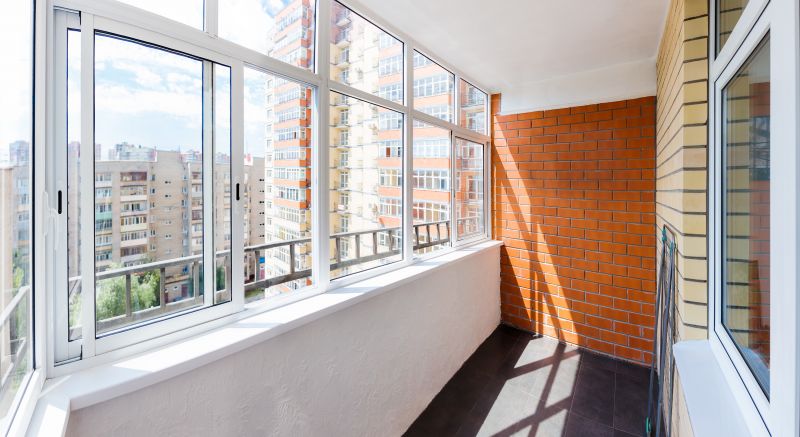
Spring offers moderate temperatures and less precipitation, making it ideal for balcony installation projects.
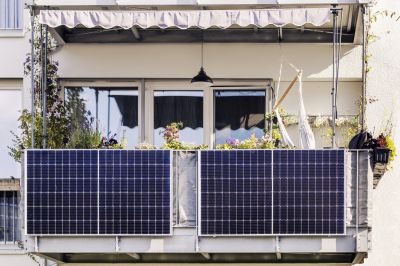
Warm weather and longer daylight hours facilitate efficient installation, especially in regions with mild summers.
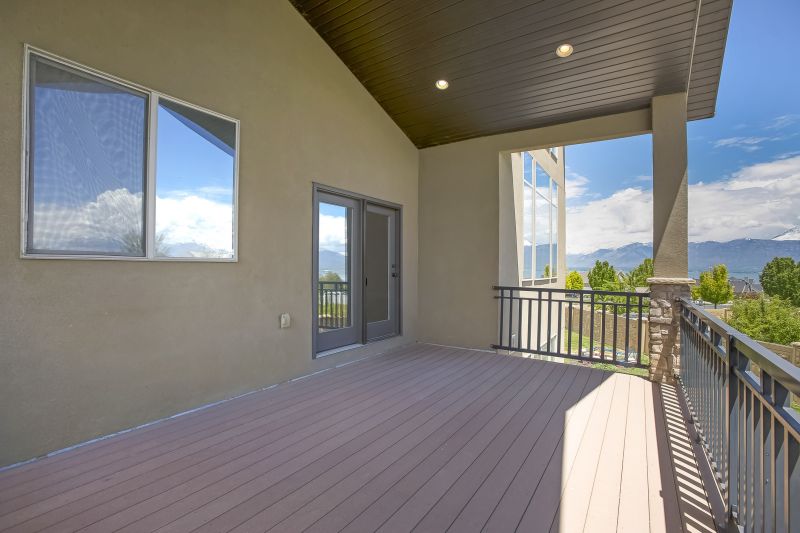
Autumn provides cooler temperatures and less rain, suitable for completing balcony projects before winter.
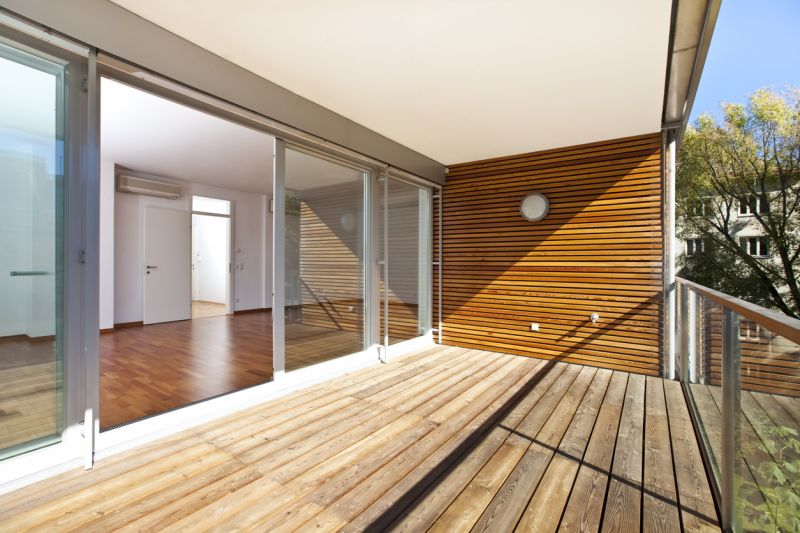
Ways to make Balcony Installations work in tight or awkward layouts.
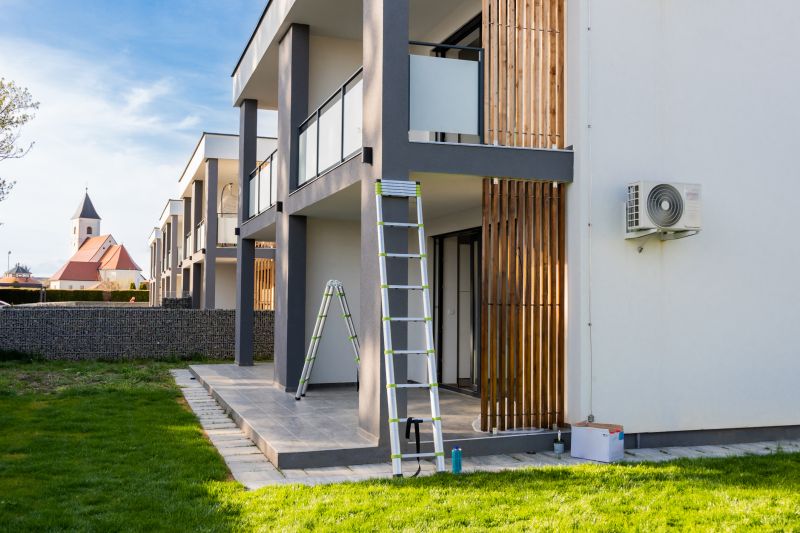
Popular materials for Balcony Installations and why they hold up over time.

Simple add-ons that improve Balcony Installations without blowing the budget.
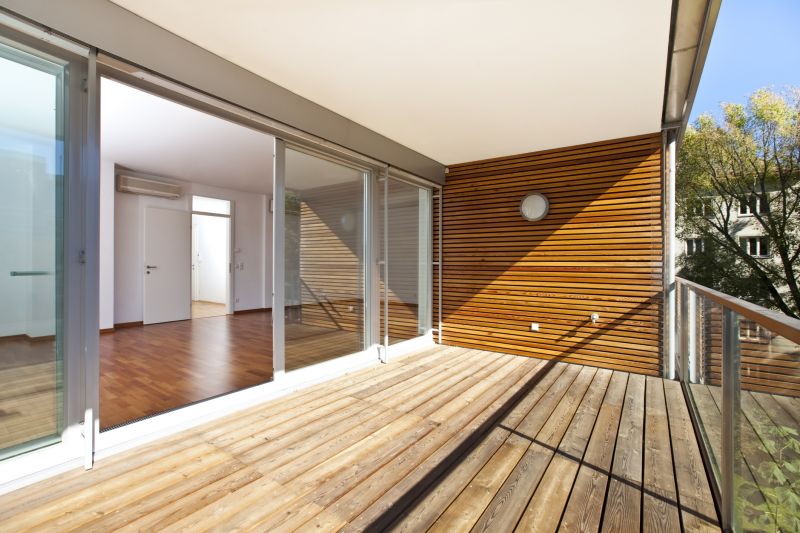
High-end options that actually feel worth it for Balcony Installations.
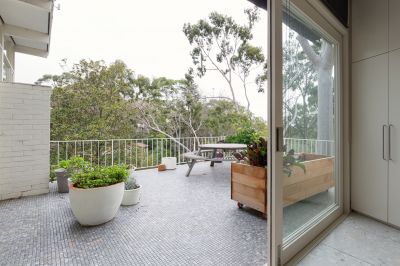
Finishes and colors that play nicely with Balcony Installations.
Balcony installations are most effectively scheduled during seasons with stable weather conditions. Optimal timing ensures safety, quality, and durability of the installation. Weather factors such as rain, snow, and extreme temperatures can impact the process, potentially causing delays or compromising materials. Understanding regional climate patterns assists in planning projects for the best results.
Avoid installation during periods of heavy rain, snow, or extreme heat to prevent safety hazards and material issues.
Materials like concrete and sealants perform best in moderate temperatures, ensuring durability.
Scheduling in favorable weather can reduce project duration by up to 30%.
Regions with distinct seasons may have specific optimal windows for balcony installations.

Ideal for avoiding winter delays and taking advantage of mild weather.
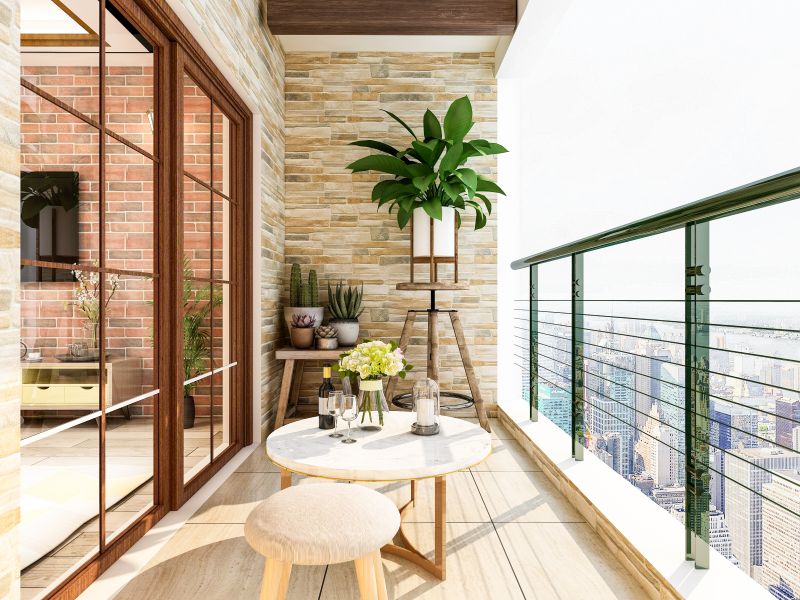
Best suited for regions with dry, warm summers for quick completion.
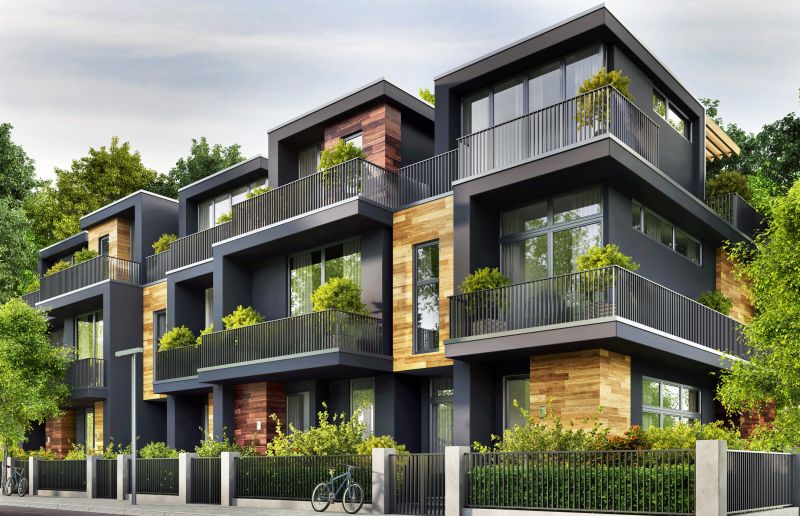
Prepares balconies for winter, with cooler temperatures aiding installation.
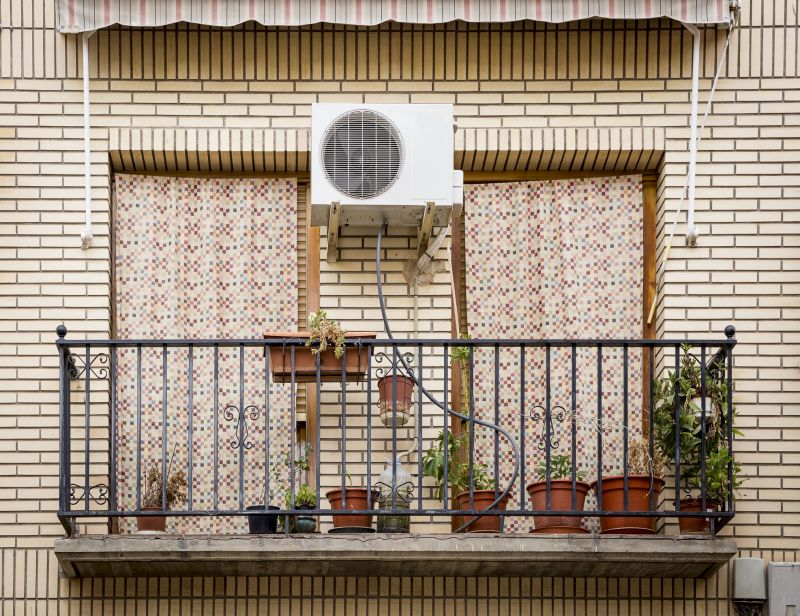
Generally not recommended due to cold and snow, but possible with specialized equipment.

Early scheduling ensures availability of contractors and materials.
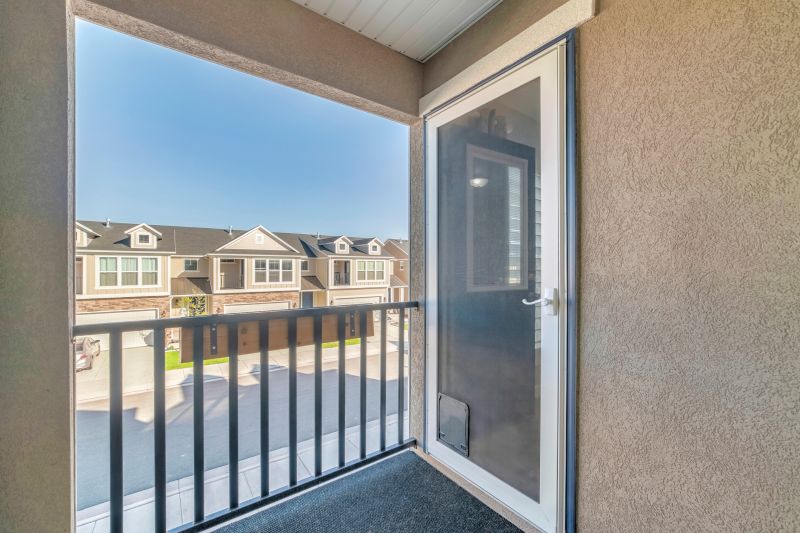
Constant weather updates help in choosing the optimal installation window.
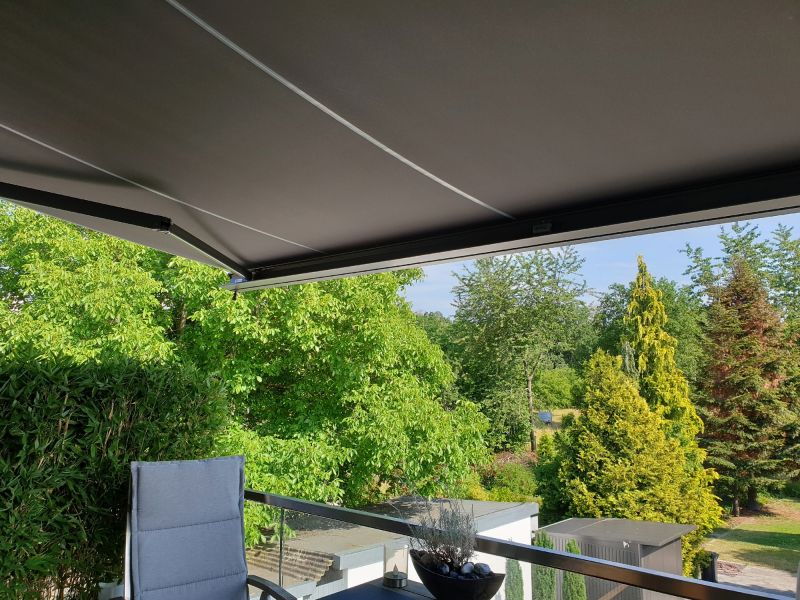
Climate differences influence the best season for balcony projects.

Each season offers unique advantages for balcony installation planning.
| Season | Optimal Conditions |
|---|---|
| Spring | Moderate temperatures, low precipitation |
| Summer | Warm, dry weather, long daylight hours |
| Autumn | Cooler temperatures, less rain |
| Winter | Cold, snow, generally not recommended |
| Late Spring | Ideal for preparing before summer |
| Early Autumn | Suitable for completing projects |
| Regional Variations | Climate-specific considerations |
| Weather Forecasting | Monitoring for optimal days |
Choosing the right season for balcony installation depends on regional climate, project scope, and weather forecasts. Proper timing not only enhances safety and quality but also reduces potential delays and costs. Consulting with experienced professionals can provide tailored advice based on local conditions.

Spring provides optimal conditions for safe and efficient installation.
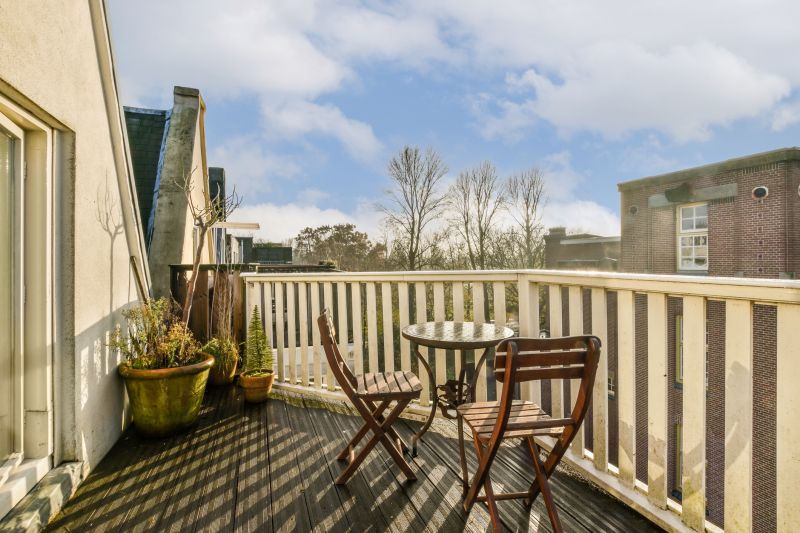
Warm weather supports quick and effective completion.
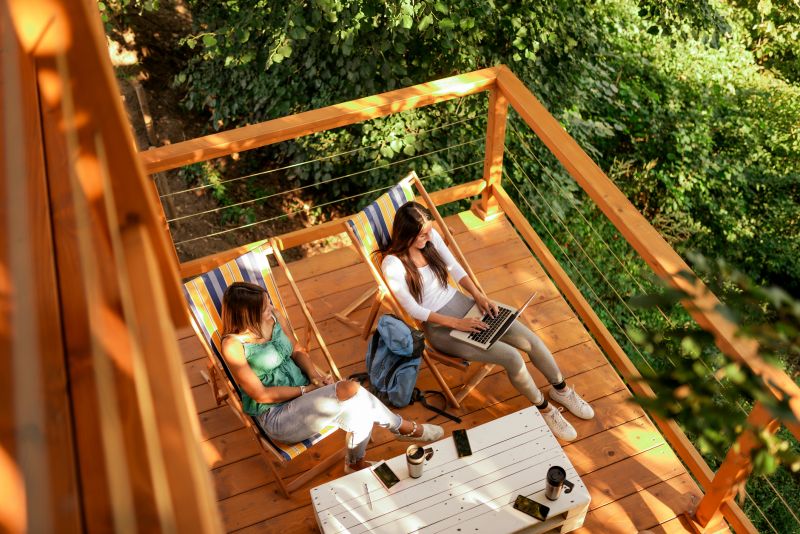
Prepares balconies for winter and extends usability.
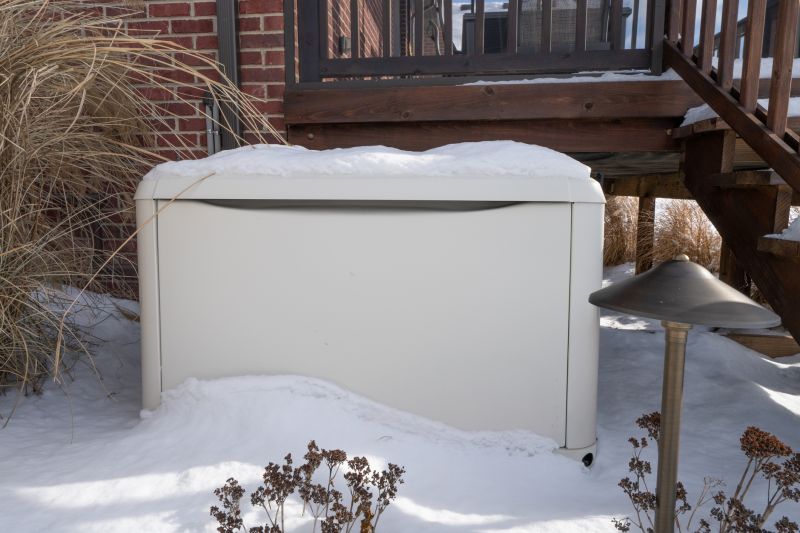
Cold and snow may hinder progress and affect materials.

Little measurements that prevent headaches on Balcony Installations day.
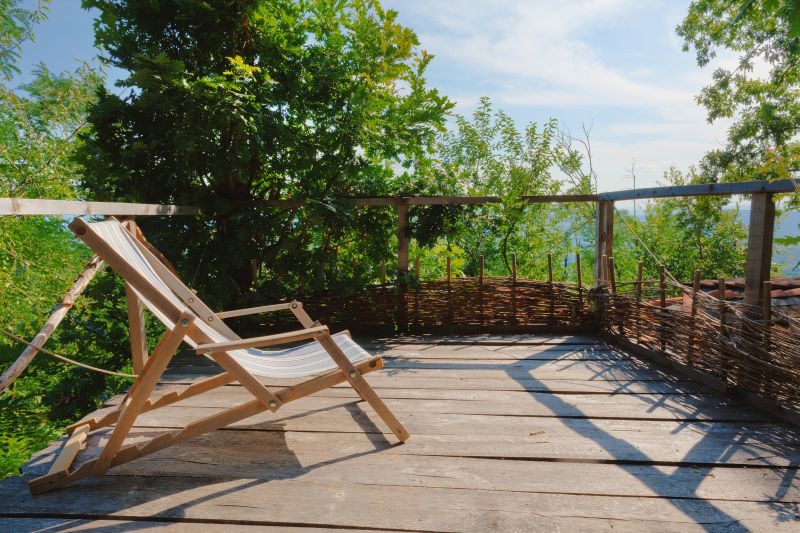
A 60-second routine that keeps Balcony Installations looking new.
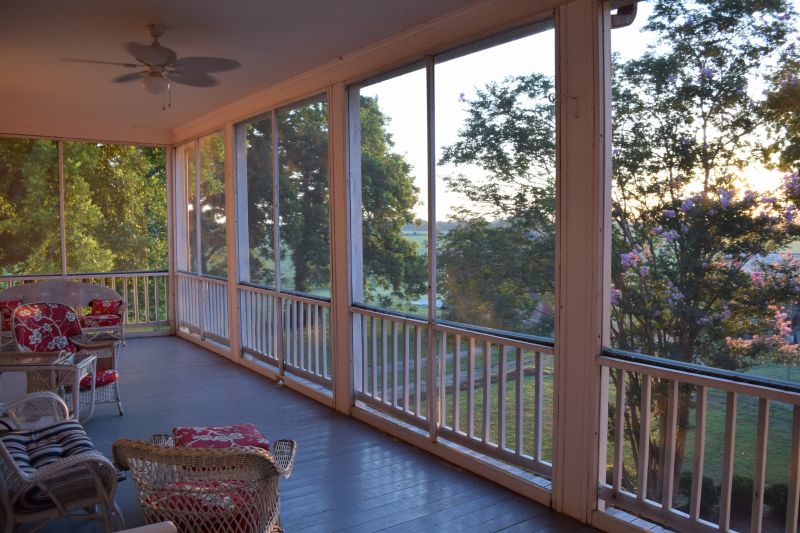
A frequent mistake in Balcony Installations and how to dodge it.

Small tweaks to make Balcony Installations safer and easier to use.
Interested in scheduling a balcony installation? Filling out the contact form can help determine the best timing based on local weather patterns and project specifics. Proper planning ensures a successful and durable balcony structure tailored to individual needs.
